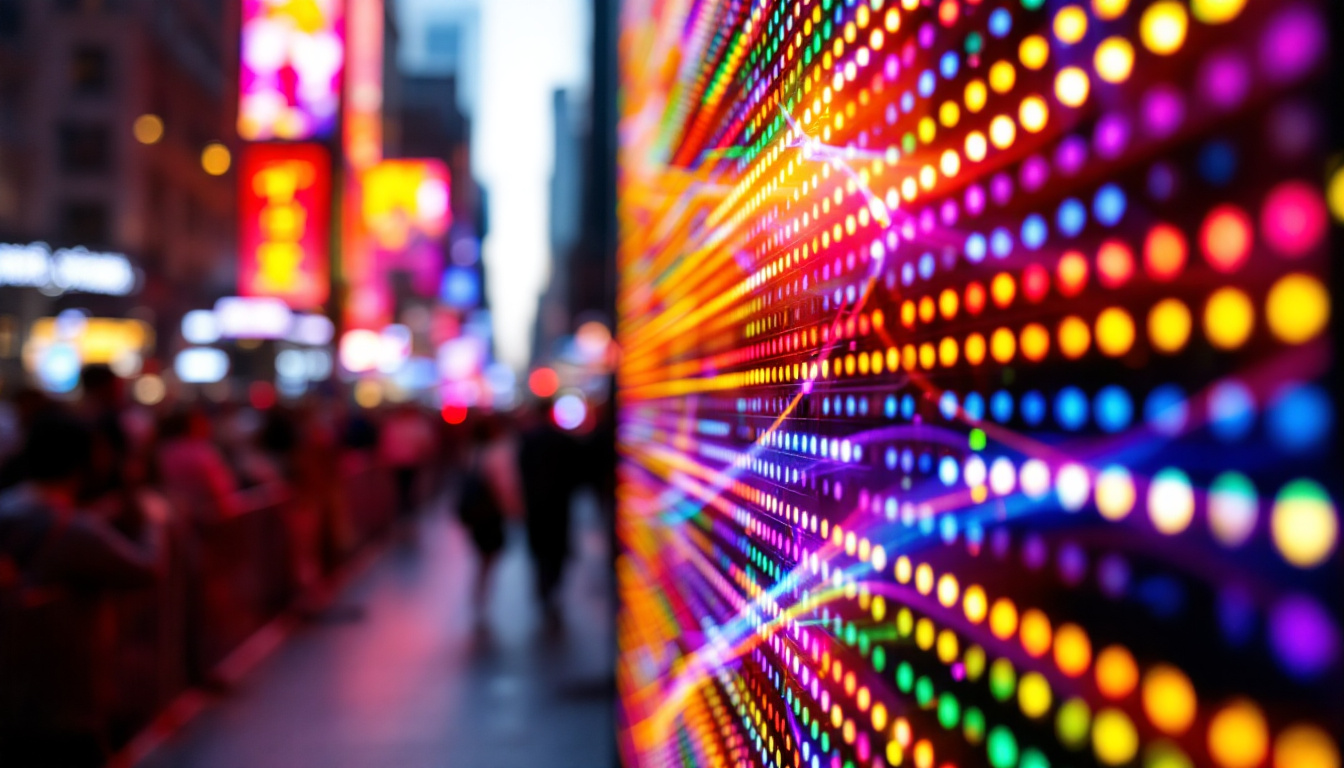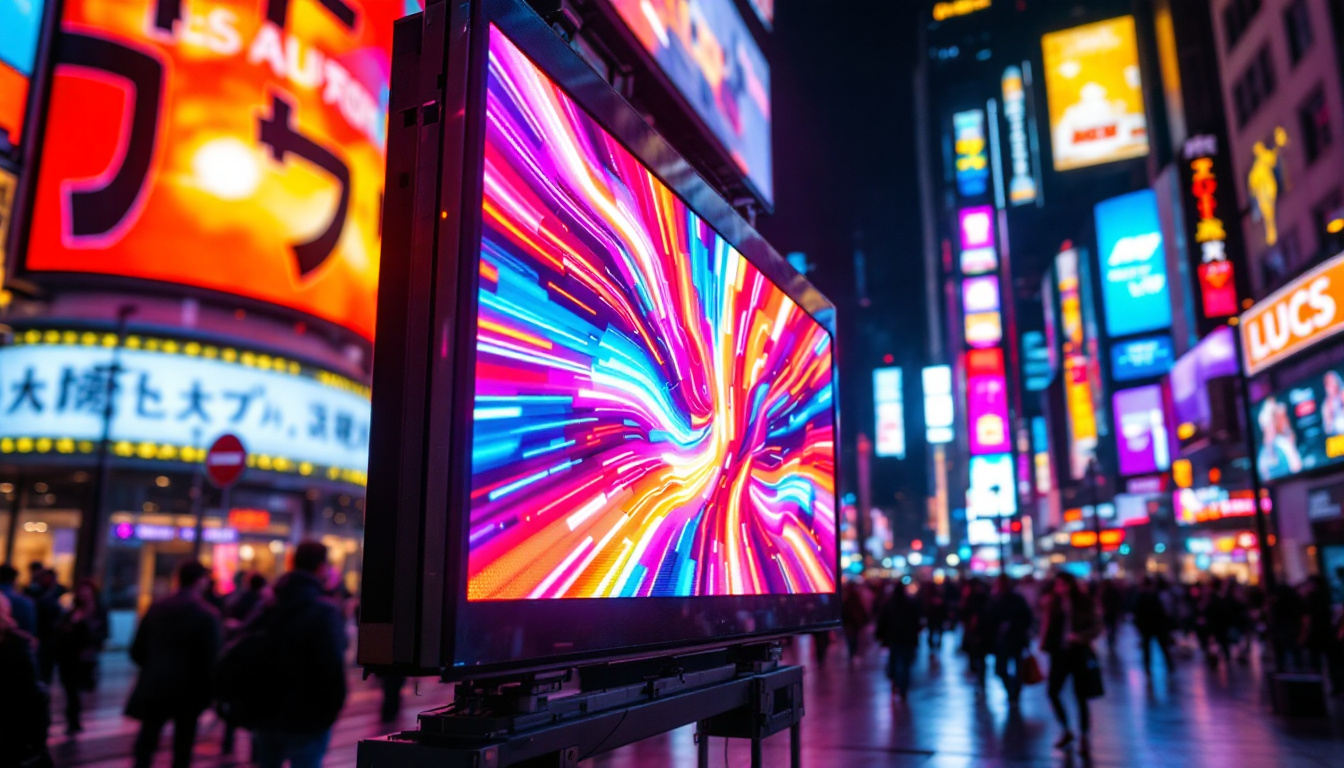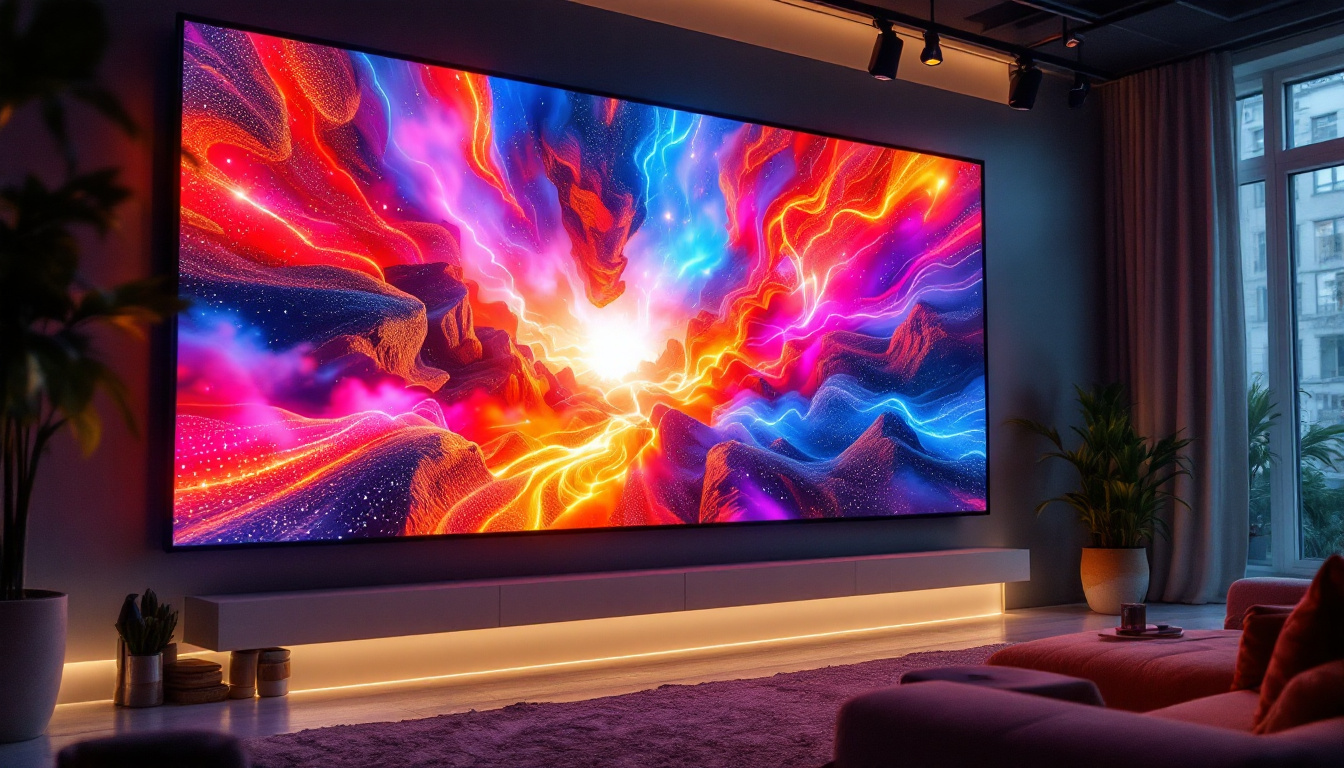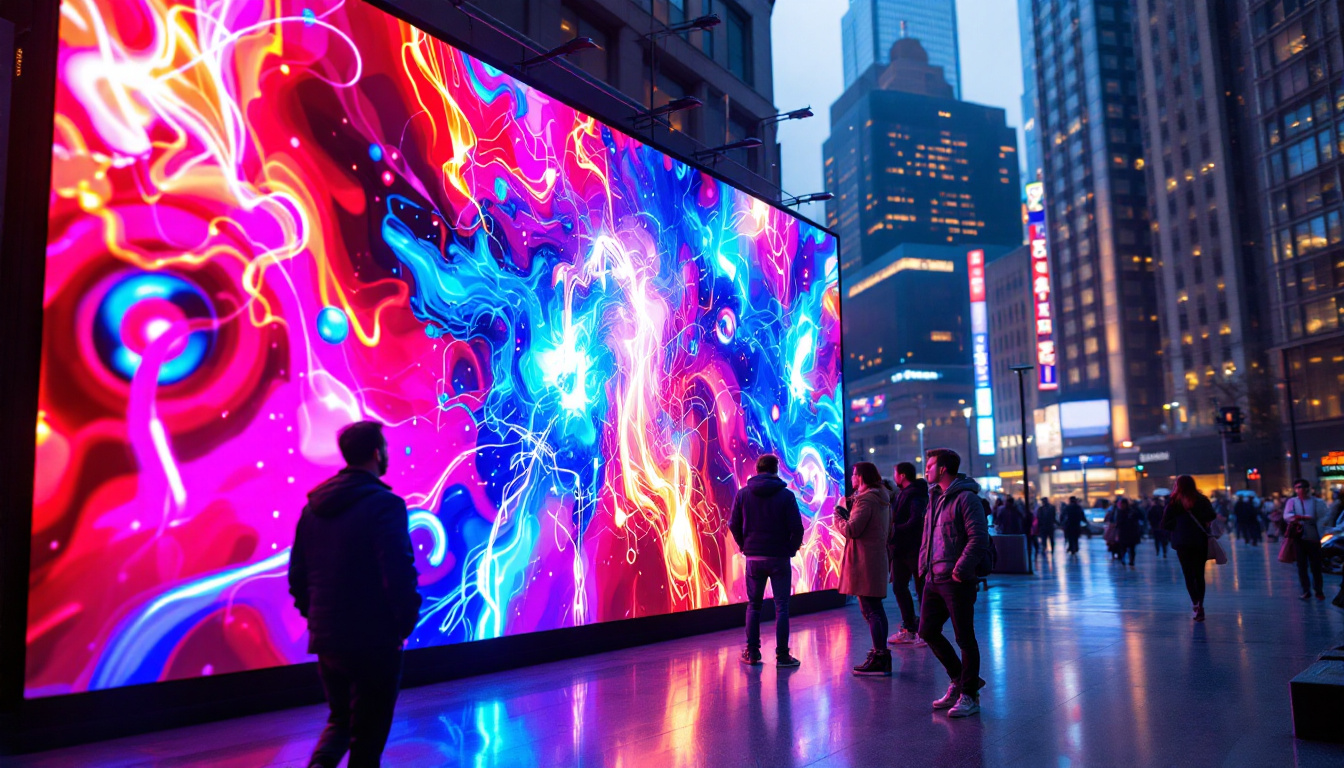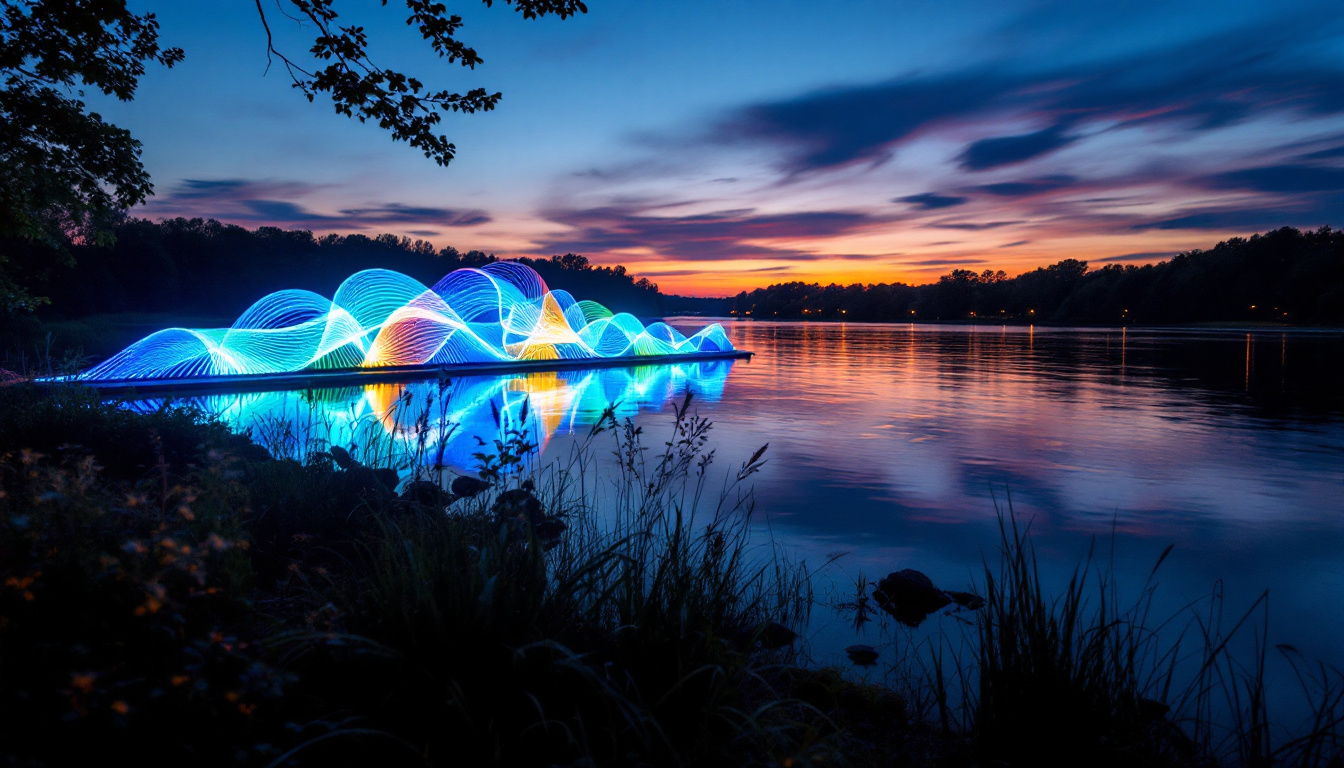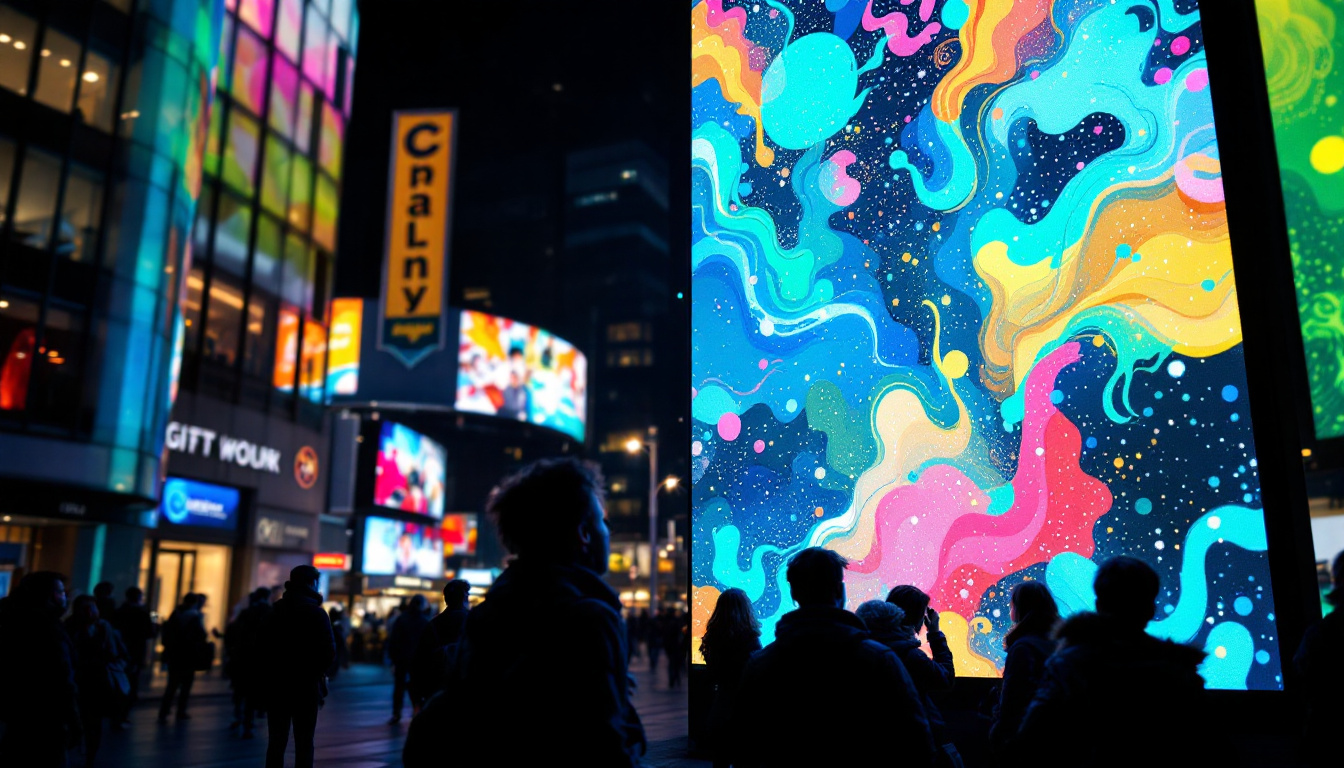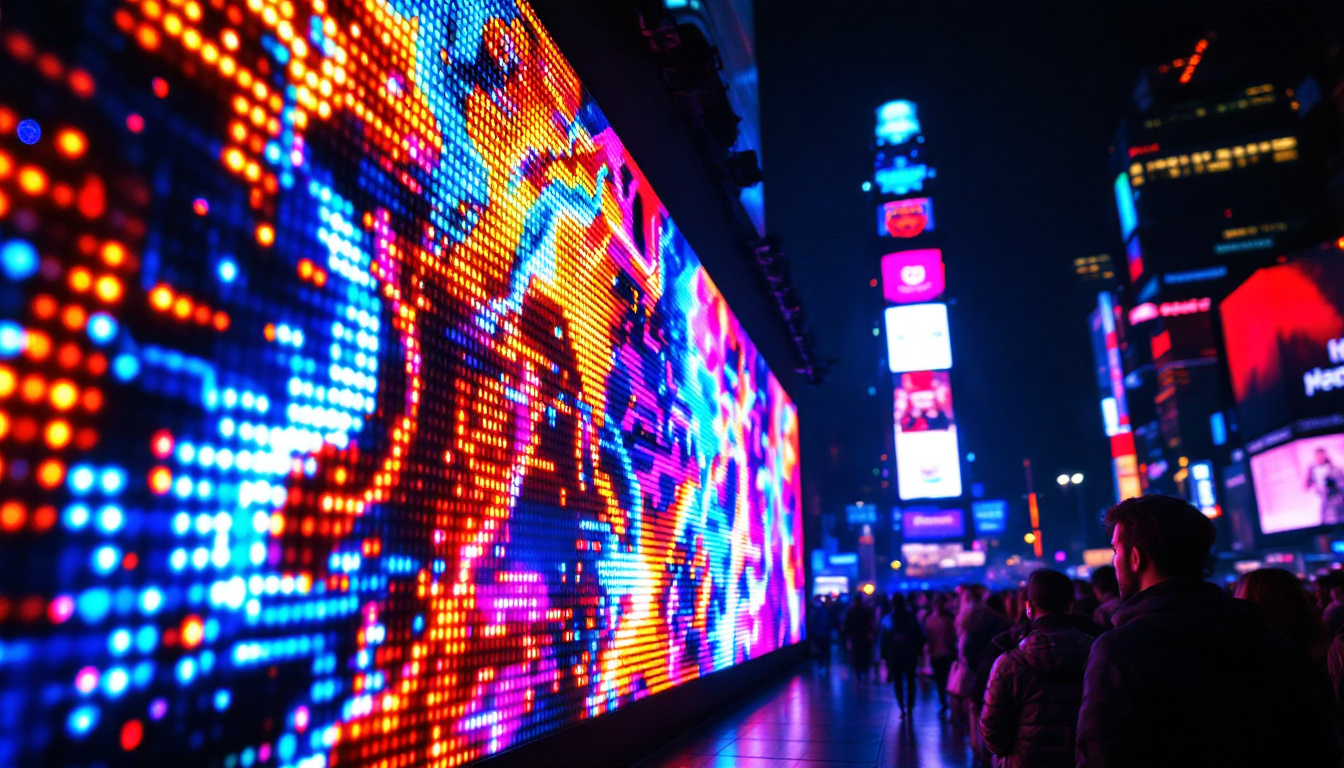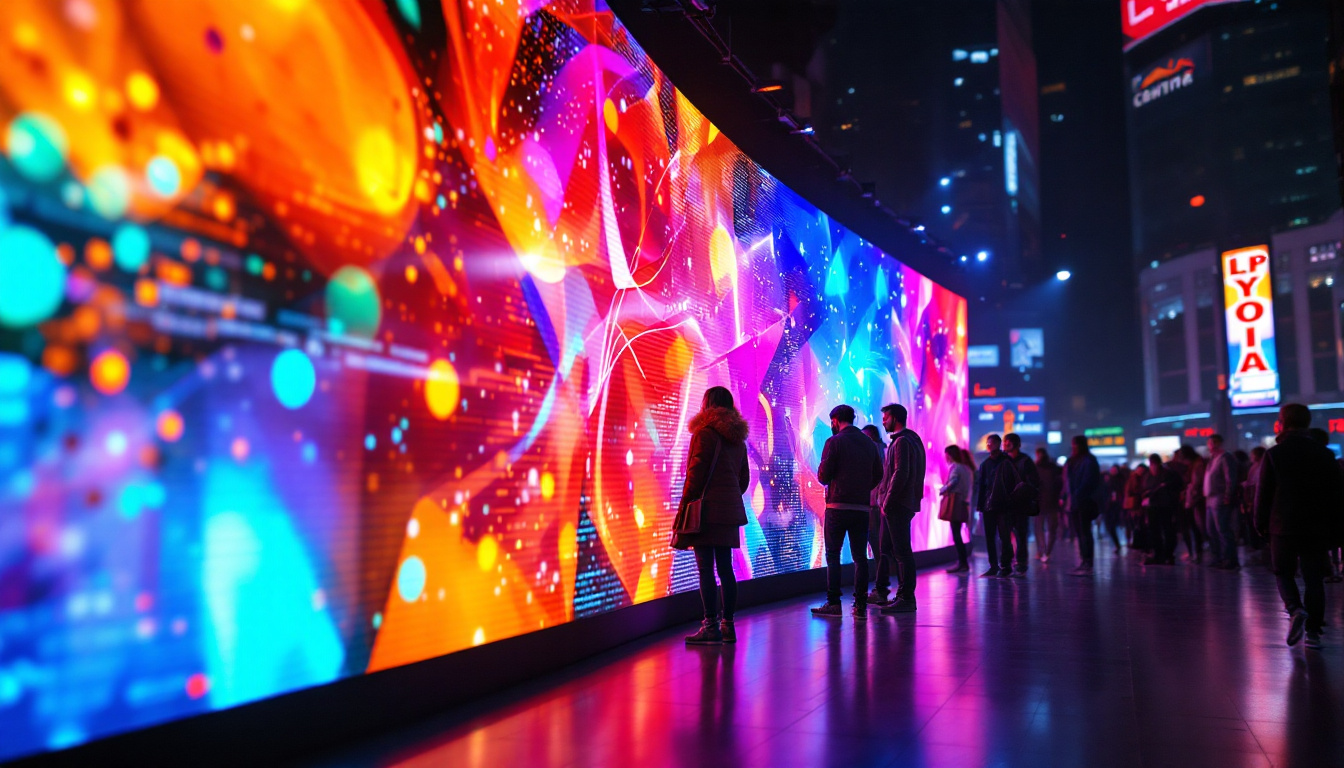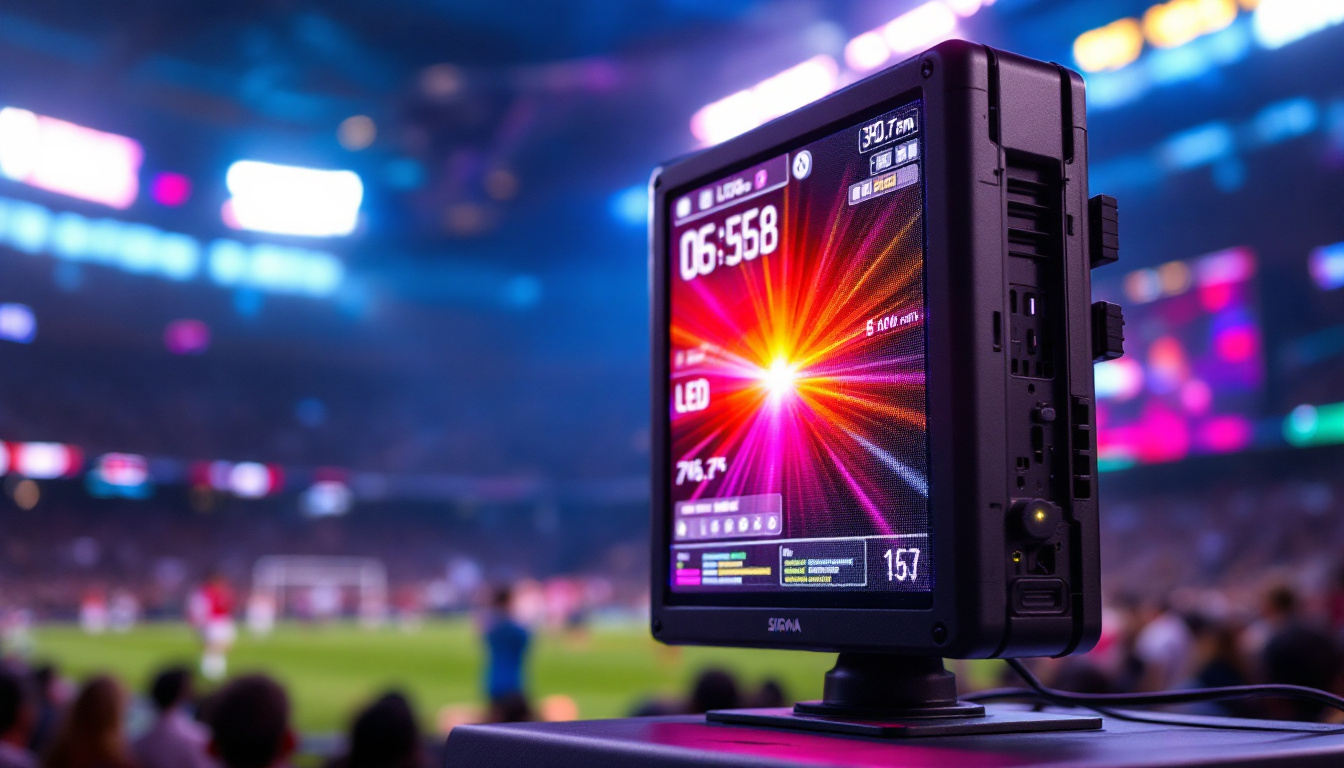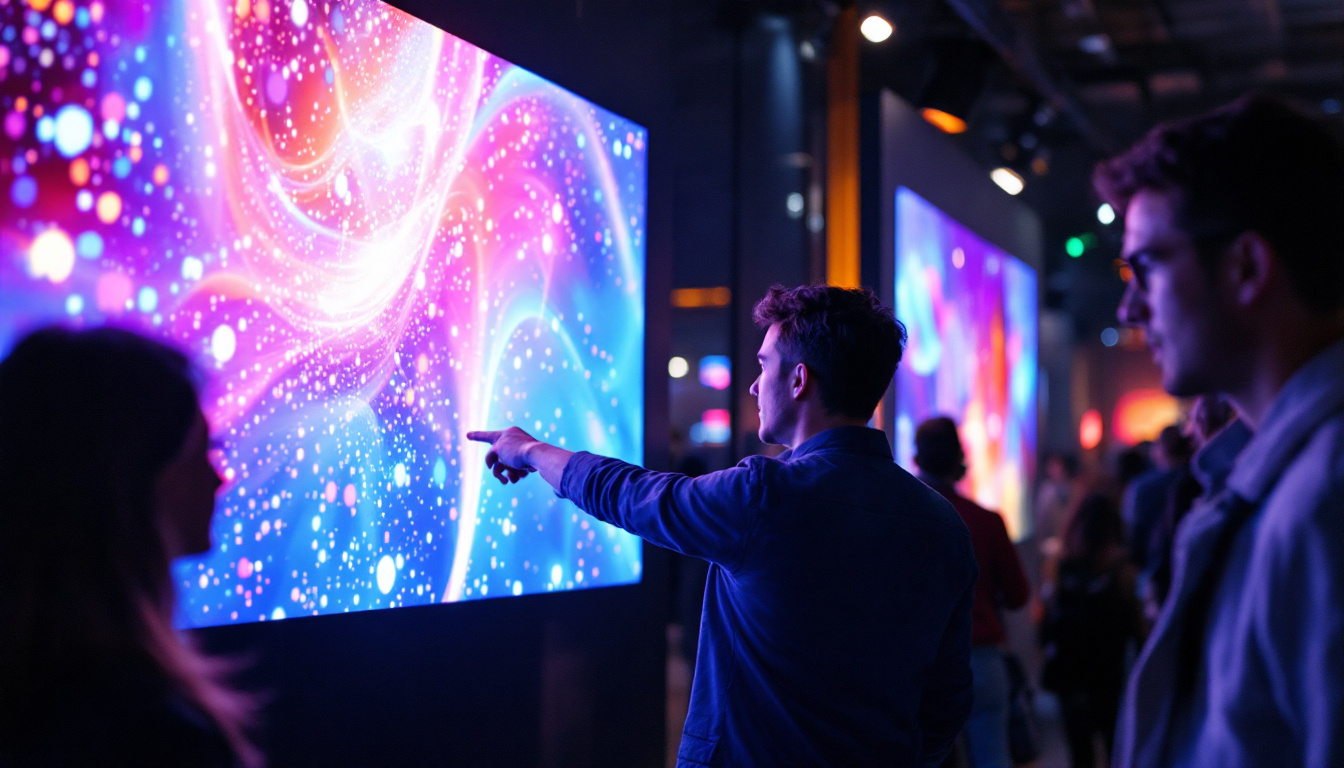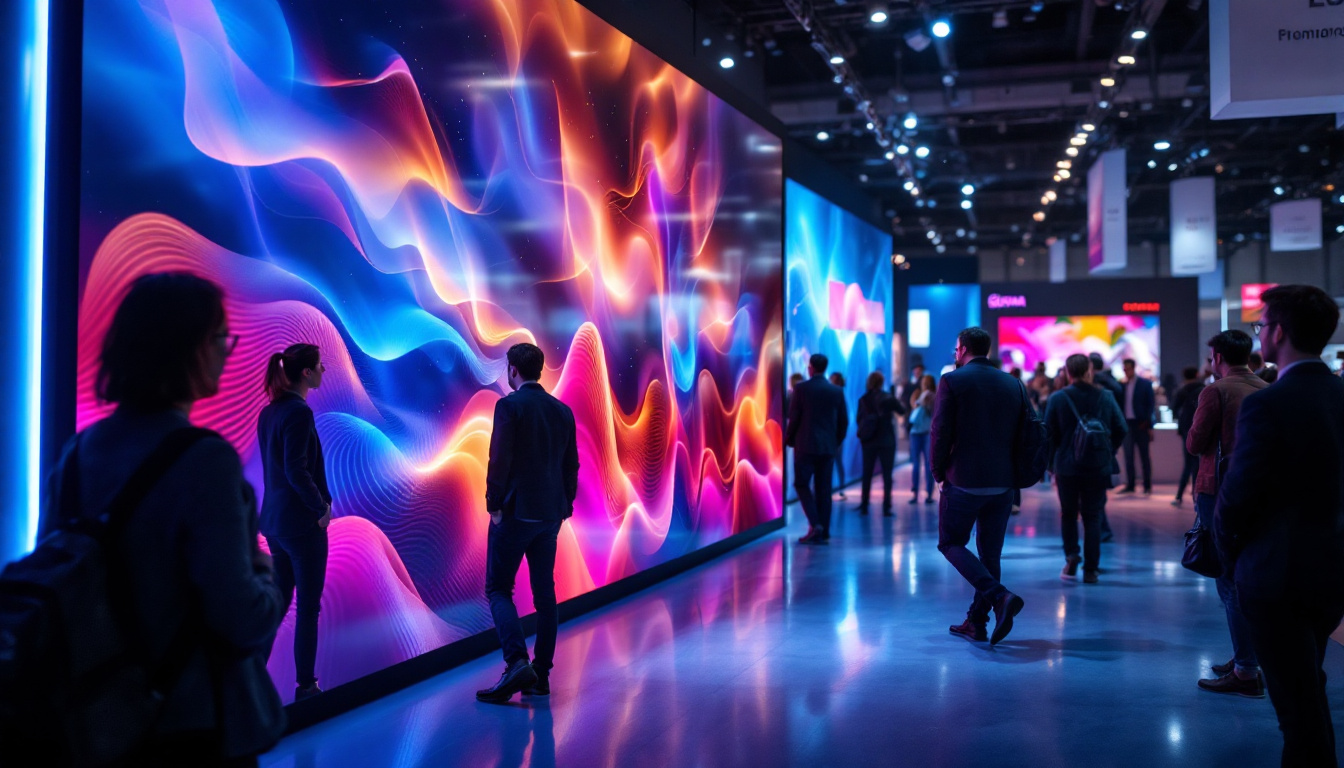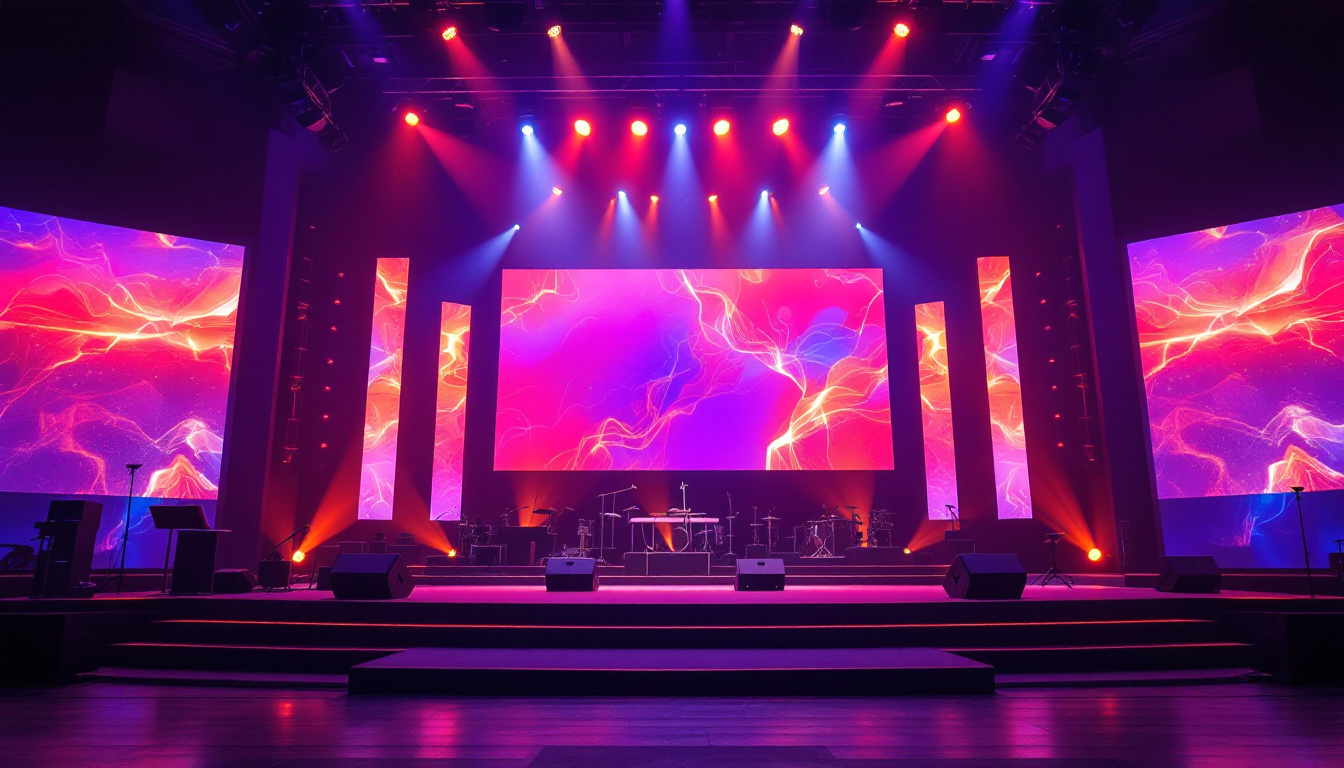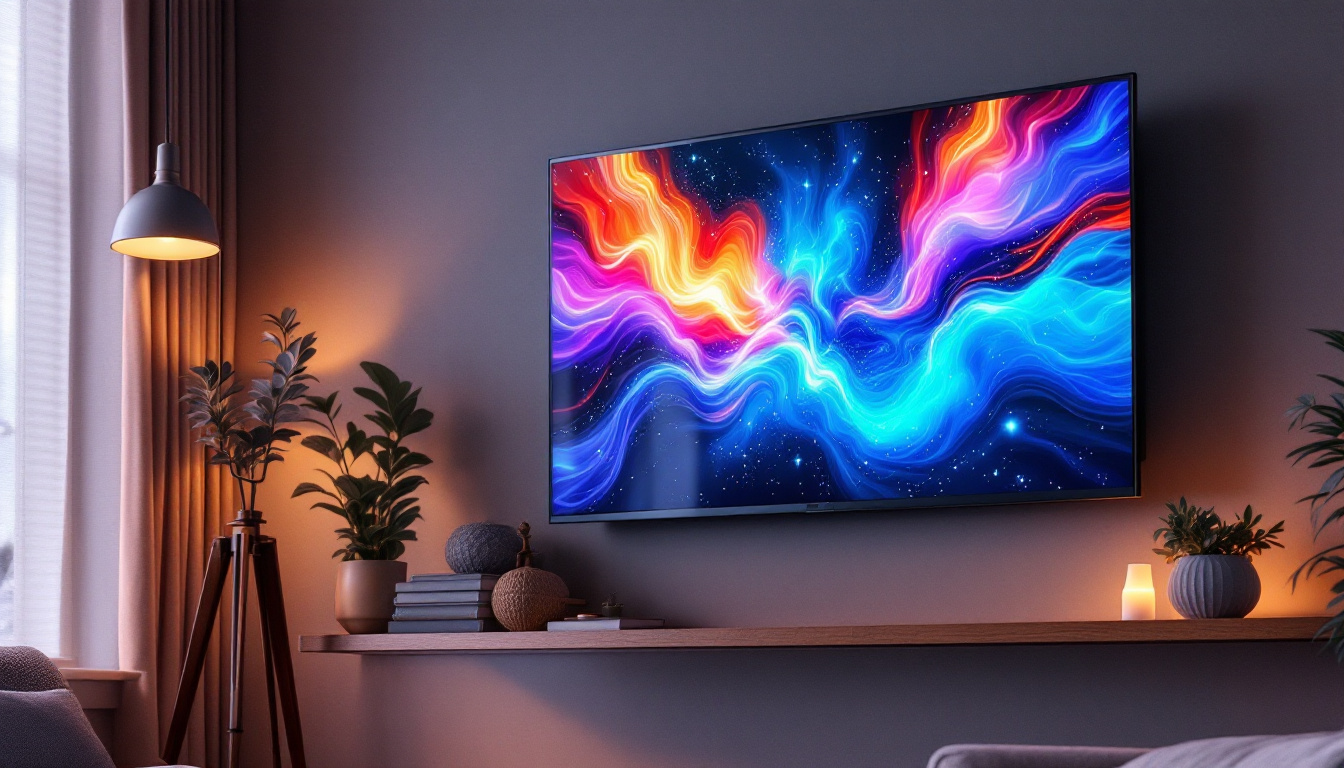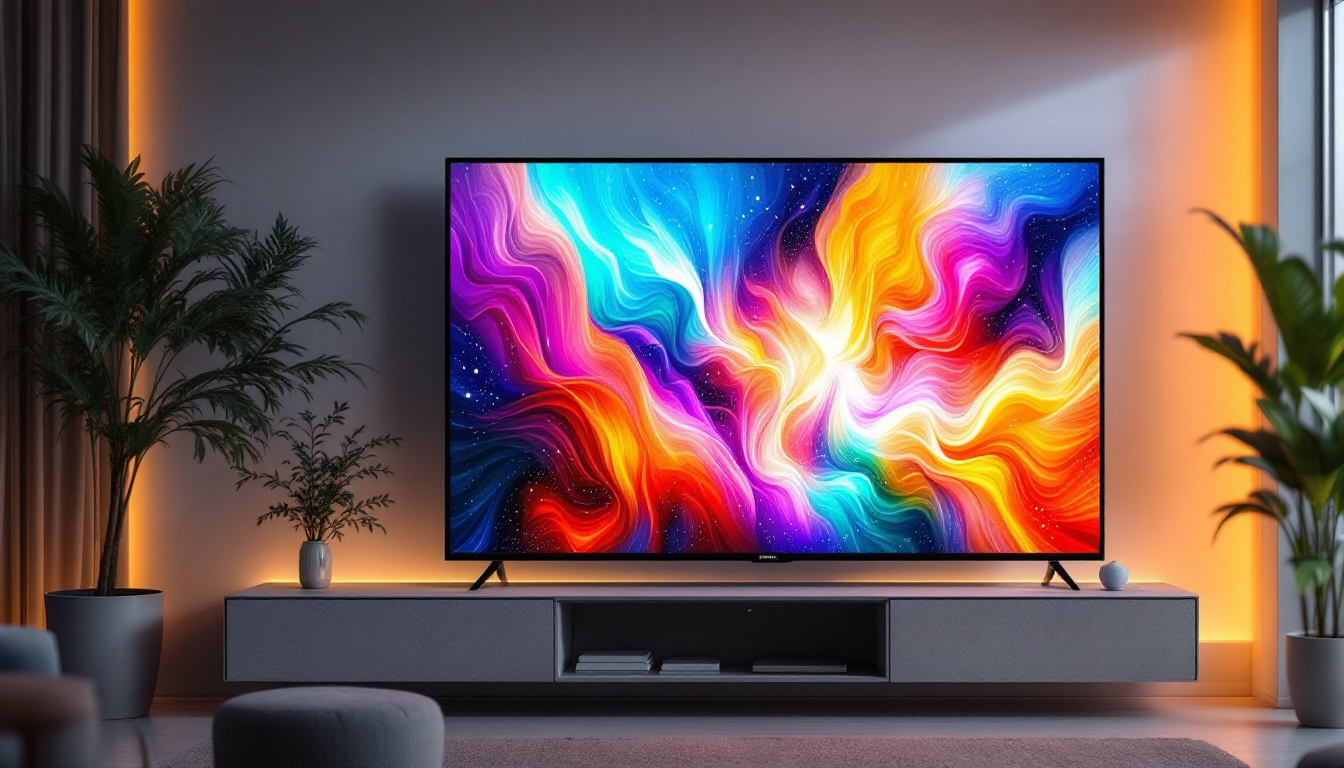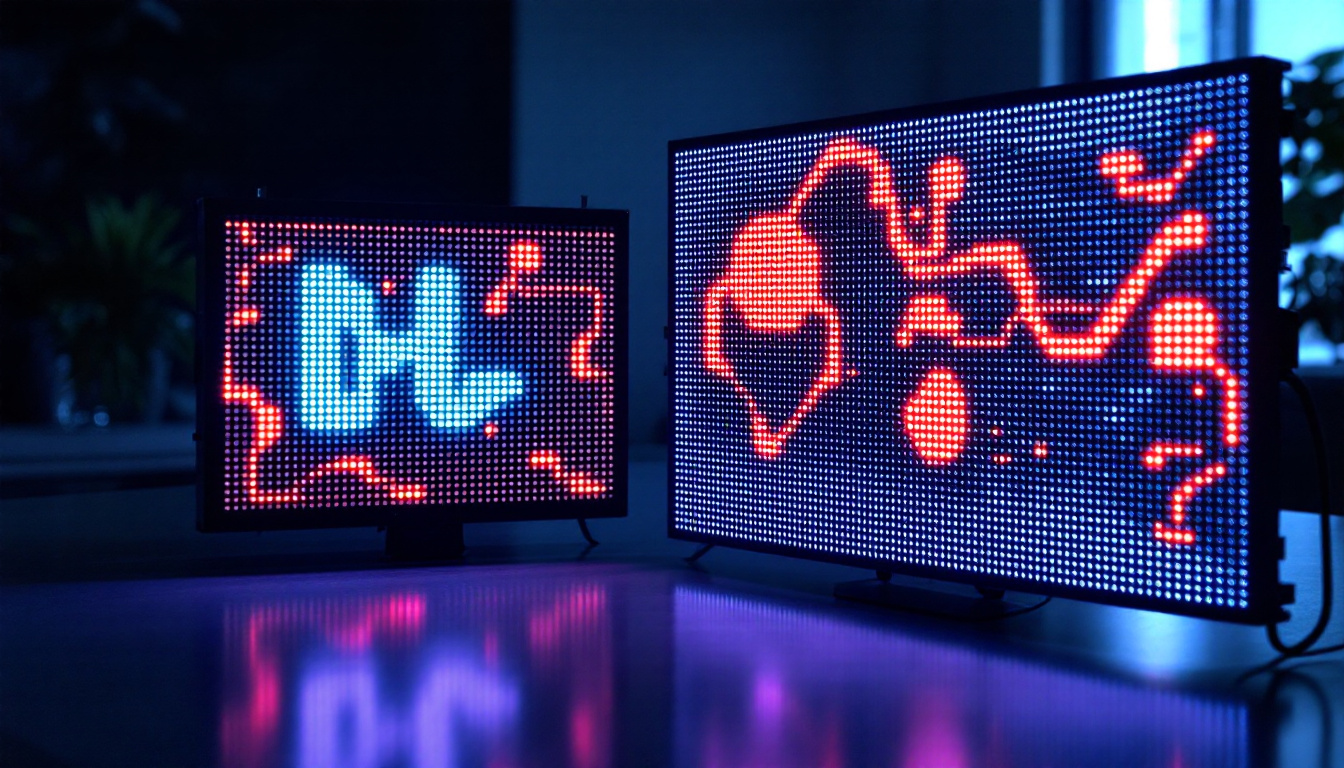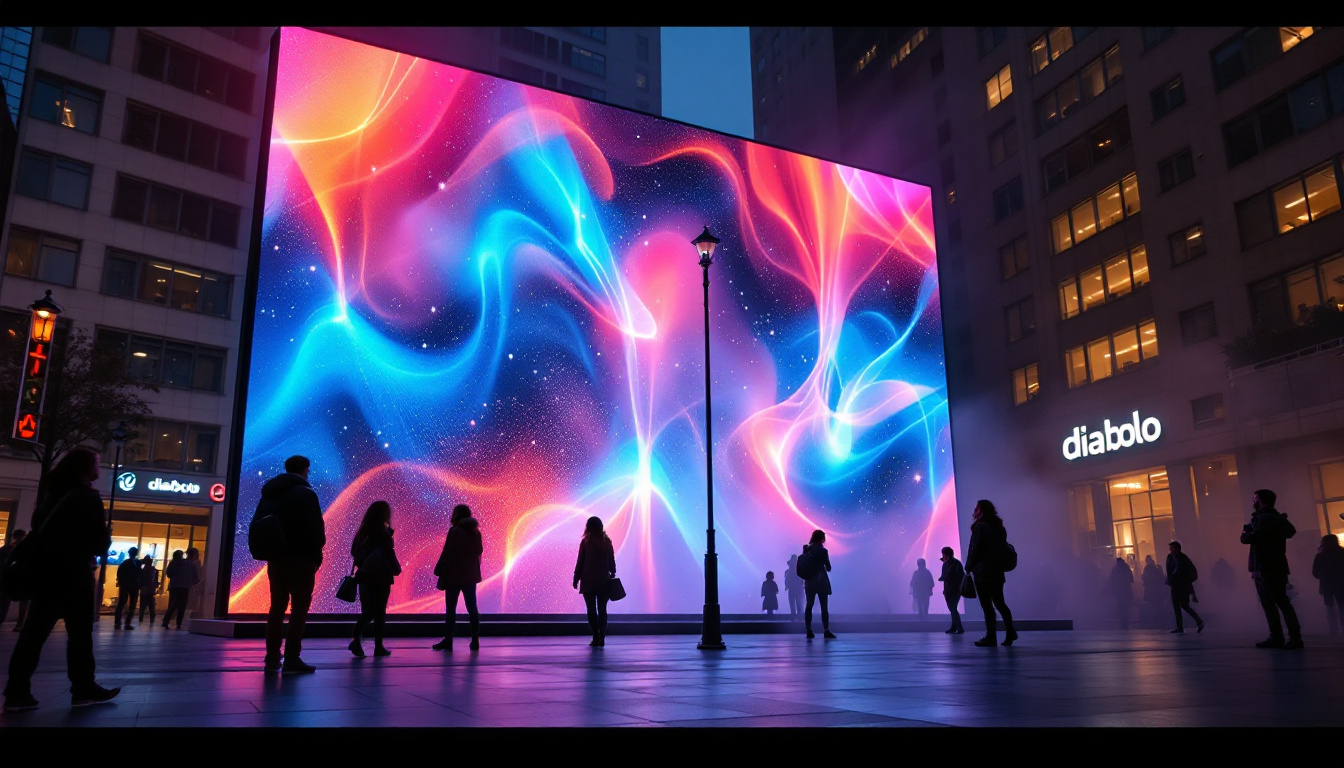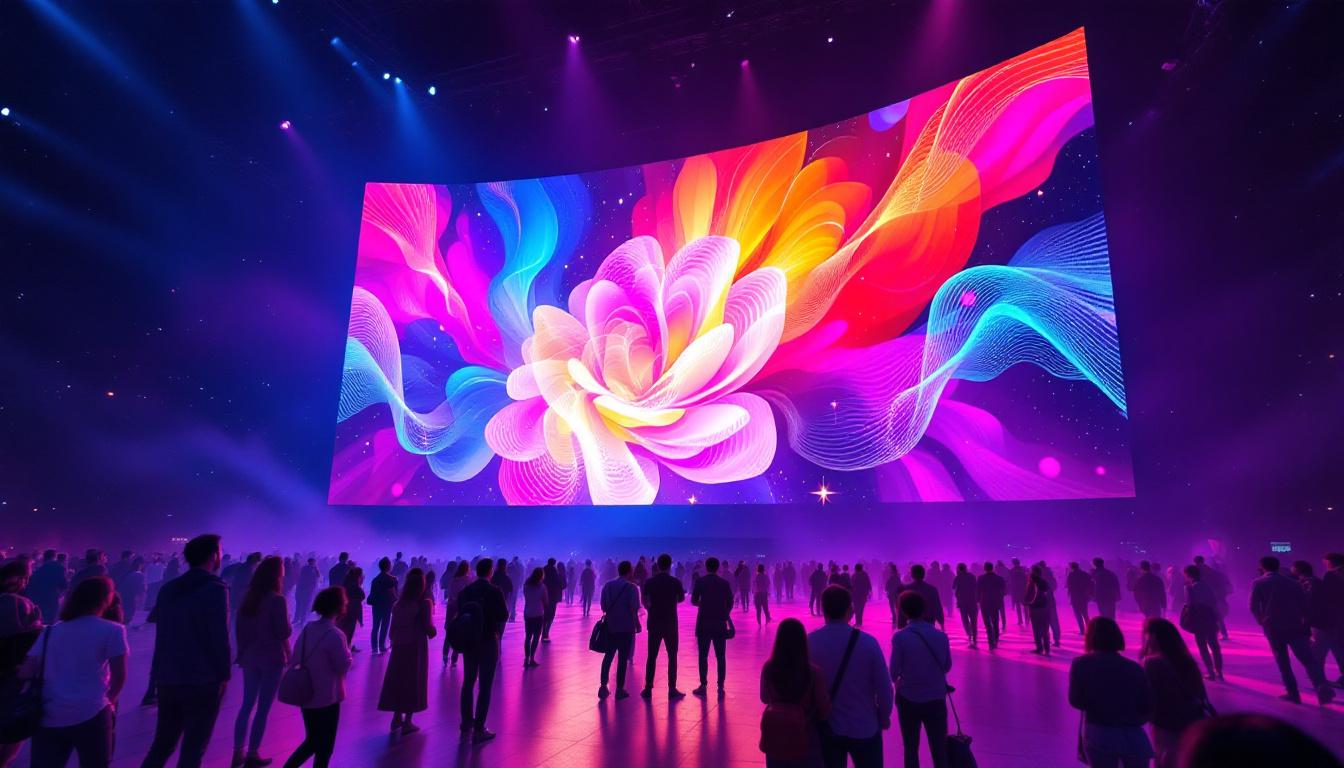In the realm of modern visual technology, LED displays have emerged as a dominant force, revolutionizing the way information is presented across various platforms. The Active Series of LED displays, in particular, offers a unique blend of performance, versatility, and aesthetic appeal. This article delves into the intricacies of Active Series LED displays, exploring their functionality, applications, and the technology that drives them.
Understanding LED Technology
Light Emitting Diodes (LEDs) are semiconductor devices that emit light when an electric current passes through them. The technology behind LEDs has evolved significantly over the years, leading to their widespread adoption in various display applications. Unlike traditional display technologies that rely on backlighting, LED displays utilize individual light-emitting diodes to create images, resulting in enhanced brightness, contrast, and energy efficiency.
The Basics of LED Displays
At the core of an LED display is a matrix of tiny LED bulbs that can be individually controlled to produce a wide range of colors. This matrix is typically arranged in pixels, where each pixel consists of red, green, and blue (RGB) subpixels. By varying the intensity of each subpixel, a full spectrum of colors can be achieved, allowing for vibrant and dynamic visuals.
LED displays can be categorized into two main types: passive and active. Passive displays rely on a common backlight to illuminate the entire screen, while active displays, such as those in the Active Series, utilize individual control of each pixel. This active approach not only enhances image quality but also allows for more complex animations and transitions.
Key Advantages of Active Series LED Displays
The Active Series LED displays stand out due to several key advantages that make them suitable for a variety of applications. One of the most significant benefits is their superior image quality. With higher pixel densities and better color accuracy, these displays deliver stunning visuals that captivate audiences.
Additionally, Active Series displays are known for their energy efficiency. By using only the necessary amount of power to illuminate each pixel, they consume less energy compared to traditional displays. This not only reduces operational costs but also contributes to a more sustainable approach to technology.
Moreover, the versatility of Active Series LED displays makes them ideal for various environments, from large outdoor billboards to intimate indoor settings. Their ability to maintain consistent brightness and color fidelity across different viewing angles ensures that audiences experience the same high-quality visuals, regardless of where they are positioned. This characteristic is particularly beneficial in settings such as concerts and sporting events, where viewers are spread out over a large area.
Furthermore, the durability of LED technology plays a crucial role in its appeal. Unlike conventional displays that may suffer from burn-in or image retention, LEDs are designed to withstand prolonged use without degrading in performance. This resilience not only extends the lifespan of the displays but also reduces the frequency of replacements, making them a cost-effective solution for businesses and organizations looking to invest in long-term display technology.
Applications of Active Series LED Displays
The versatility of Active Series LED displays allows them to be utilized in a wide range of environments. From advertising and entertainment to education and corporate settings, these displays are making a significant impact across various sectors.
Advertising and Marketing
In the advertising world, the ability to grab attention quickly is paramount. Active Series LED displays are often employed in digital signage, where vibrant colors and dynamic content can attract potential customers. These displays can be found in shopping malls, airports, and outdoor billboards, showcasing advertisements that can be updated in real-time.
The flexibility of Active Series displays allows marketers to create engaging content that resonates with their target audience. By incorporating animations, videos, and interactive elements, brands can enhance their messaging and drive consumer engagement.
Entertainment and Events
Live events, concerts, and sports arenas have embraced Active Series LED displays to create immersive experiences for attendees. The ability to display high-definition visuals in large formats transforms the atmosphere of any event. Whether it’s showcasing live feeds, graphics, or promotional content, these displays play a crucial role in enhancing audience engagement.
Moreover, the adaptability of Active Series displays allows them to be configured in various shapes and sizes, making them ideal for creative stage designs and installations. This flexibility enables event organizers to push the boundaries of traditional visual presentations.
Corporate and Educational Use
In corporate environments, Active Series LED displays are increasingly being used for presentations, meetings, and training sessions. Their high resolution and clarity ensure that information is conveyed effectively, making them an invaluable tool for communication. Additionally, the ability to connect to multiple devices allows for seamless integration into existing technological setups.
In educational settings, these displays enhance the learning experience by providing interactive and engaging content. From classrooms to auditoriums, Active Series LED displays can be used to present information in a visually appealing manner, facilitating better understanding and retention of knowledge.
Technical Specifications and Features
The performance of Active Series LED displays is influenced by various technical specifications and features that determine their effectiveness in different applications. Understanding these specifications is crucial for selecting the right display for specific needs.
Pixel Pitch and Resolution
Pixel pitch refers to the distance between the centers of two adjacent pixels, and it plays a significant role in determining the resolution and clarity of the display. A smaller pixel pitch results in higher resolution, allowing for more detailed images. Active Series LED displays often come with various pixel pitch options, catering to different viewing distances and applications.
For instance, displays used in close-range applications, such as retail environments, may require a smaller pixel pitch to ensure crisp visuals. Conversely, displays intended for large venues, such as stadiums, can utilize larger pixel pitches without compromising the overall viewing experience.
Brightness and Contrast Ratio
Brightness is another critical factor in the performance of LED displays. Measured in nits, the brightness level determines how well the display performs in various lighting conditions. Active Series LED displays typically offer high brightness levels, making them suitable for both indoor and outdoor use.
Contrast ratio, on the other hand, measures the difference between the brightest and darkest parts of an image. A higher contrast ratio results in deeper blacks and more vibrant colors, enhancing the overall visual experience. Active Series displays are designed to deliver exceptional contrast ratios, ensuring that images appear vivid and lifelike.
Durability and Maintenance
Durability is a vital consideration for any display technology, especially for those used in outdoor environments. Active Series LED displays are often constructed with robust materials that can withstand harsh weather conditions, ensuring longevity and reliability. Additionally, many models feature protective coatings that guard against dust, moisture, and UV exposure.
Maintenance is another aspect to consider. Active Series displays are designed for easy access to components, allowing for straightforward repairs and servicing. This ease of maintenance reduces downtime and ensures that the displays remain operational for extended periods.
Installation and Integration
Installing Active Series LED displays requires careful planning and consideration of various factors to ensure optimal performance. The installation process can vary depending on the specific application and environment.
Site Assessment and Planning
Before installation, a thorough site assessment is essential. This involves evaluating the location, determining the optimal viewing angles, and considering factors such as ambient light and space constraints. Proper planning ensures that the display is positioned for maximum visibility and impact.
Additionally, understanding the power and connectivity requirements is crucial for a successful installation. Active Series LED displays often require specialized mounting solutions and cabling to ensure seamless integration with existing systems.
Professional Installation Services
Given the complexity of LED display installations, many organizations opt for professional installation services. These experts have the knowledge and experience to handle the technical aspects of the installation, ensuring that the display is set up correctly and efficiently.
Professional installers also provide valuable insights into best practices for maintenance and operation, helping organizations maximize the lifespan and performance of their displays.
The Future of Active Series LED Displays
The future of Active Series LED displays looks promising, with ongoing advancements in technology and design. As the demand for high-quality visual experiences continues to grow, manufacturers are continually innovating to enhance the capabilities of LED displays.
Emerging Technologies
One of the most exciting developments in the LED display industry is the integration of artificial intelligence (AI) and machine learning. These technologies can optimize display performance by analyzing viewer behavior and adjusting content accordingly. This level of personalization enhances audience engagement and improves the overall effectiveness of visual communication.
Additionally, advancements in flexible and transparent LED technology are paving the way for new applications. These innovative displays can be integrated into various surfaces, such as windows and walls, creating unique and interactive experiences.
Sustainability Initiatives
As sustainability becomes a priority across industries, LED display manufacturers are focusing on eco-friendly practices. This includes using recyclable materials, reducing energy consumption, and implementing responsible manufacturing processes. The Active Series LED displays are likely to lead the charge in promoting sustainability within the visual technology sector.
Conclusion
The Active Series LED displays represent a significant advancement in display technology, offering unparalleled image quality, versatility, and energy efficiency. Their applications span a wide range of industries, from advertising to education, making them an invaluable tool for communication and engagement.
As technology continues to evolve, the future of Active Series LED displays holds exciting possibilities. With emerging technologies and a focus on sustainability, these displays are poised to redefine the way information is presented and experienced. Organizations looking to enhance their visual communication strategies would do well to consider the benefits of Active Series LED displays.
Discover LumenMatrix LED Display Solutions
Ready to elevate your visual communication with the cutting-edge technology of Active Series LED displays? LumenMatrix is at the forefront of LED display innovation, offering a diverse range of solutions that cater to every need. Whether you’re looking to enhance brand visibility with an Indoor LED Wall Display, captivate passersby with an Outdoor LED Wall Display, or create dynamic visual experiences with Custom LED Displays, LumenMatrix has the perfect solution. Embrace the future of digital signage and let your message shine with clarity and impact. Check out LumenMatrix LED Display Solutions today and transform the way you engage with your audience.

